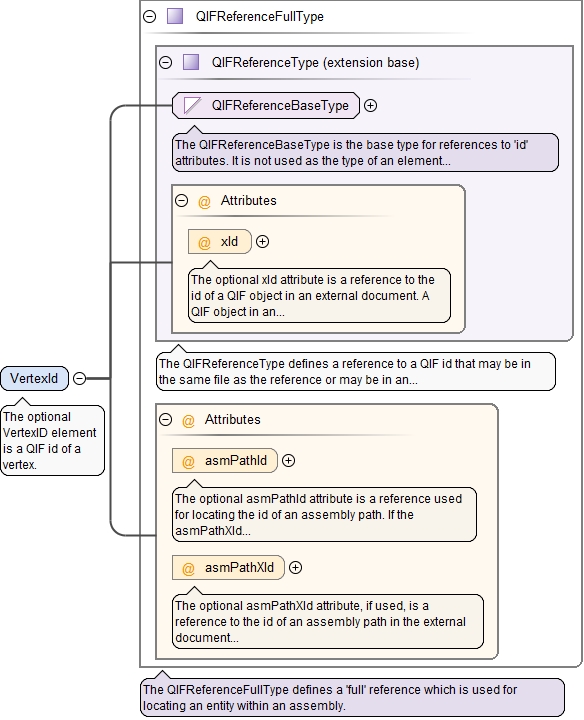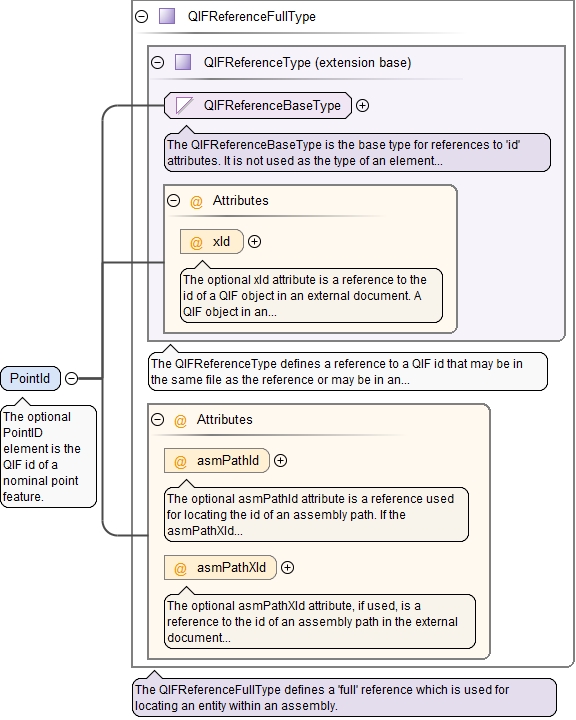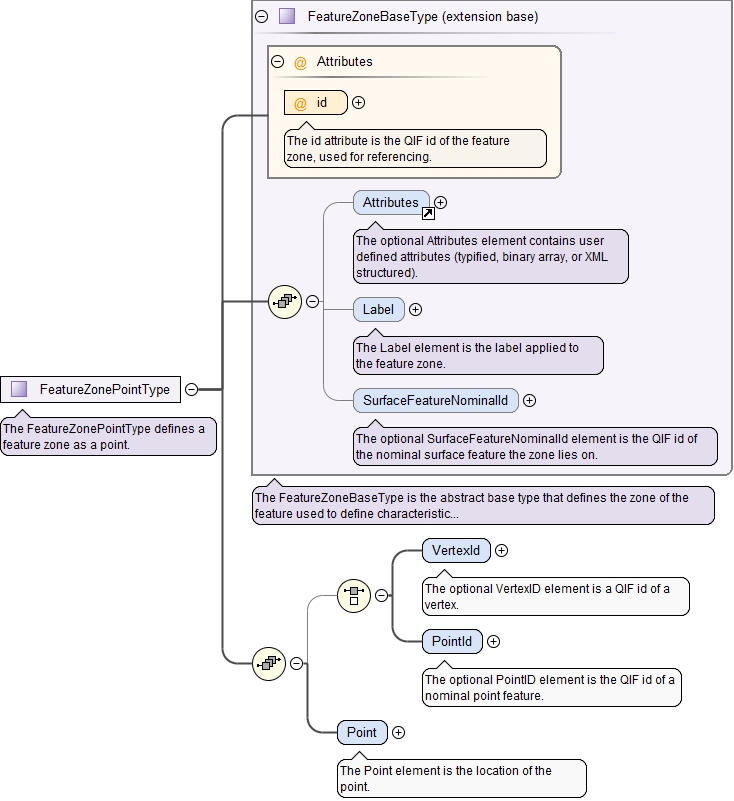|
Annotations
|
|
|||||||||||||||||||
|
Diagram
|
 |
|||||||||||||||||||
| Type | QIFReferenceFullType | |||||||||||||||||||
| Type hierarchy | ||||||||||||||||||||
|
Properties
|
|
|||||||||||||||||||
|
Attributes
|
|
|||||||||||||||||||
|
Source
|
|
|||||||||||||||||||
| Schema location | file:////Q:/kramer/qif3.0/model/QIFforHTMLxsd/QIFLibrary/Features.xsd |


